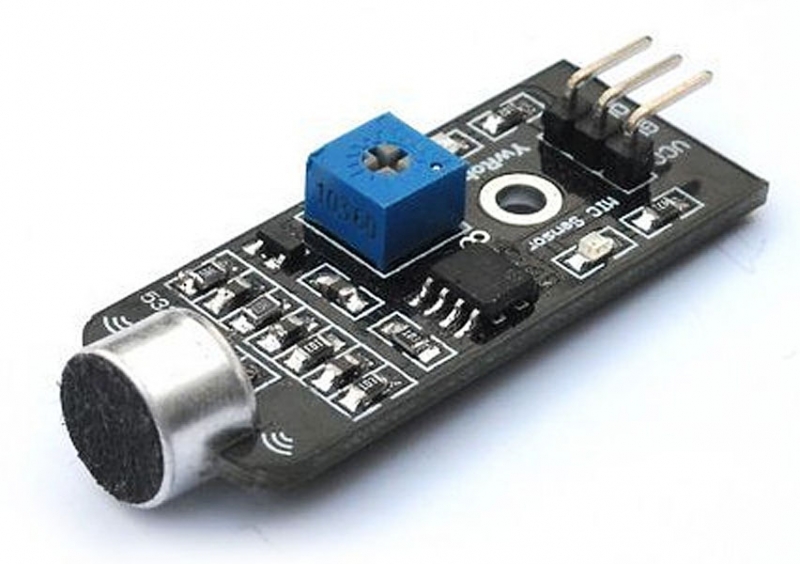
metal artifact reduction sequence (MARS).turbo inversion recovery magnitude (TIRM).fluid attenuation inversion recovery (FLAIR).diffusion tensor imaging and fiber tractography.MRI pulse sequences ( basics | abbreviations | parameters).iodinated contrast-induced thyrotoxicosis.iodinated contrast media adverse reactions.clinical applications of dual-energy CT.as low as reasonably achievable (ALARA).faint grid lines present on an image, with no grid cut off.loss of contrast in areas of different pixel density yet not change in density can be seen i.e.tighter digital collimation in conjunction with reprocessing will correctly assign the correct values of interest.this is often due to a largely collimated area of smaller anatomy i.e.image appears washed out and underexposed.often a computer error often fixed with recollimation post exam (this should be explored before re-examination).


failure of detector offset correction 4.this artifact should be carefully examined, if it does not interfere with the anatomy, it is not a detector failure/grid cut off, rather a limitation of the detector calibration.faint radiopaque striping (often vertical) in the background of an image, yet not evident on the anatomy.large areas of signal loss, due to detector drop.occur when two separate DR/CR (digital/computed radiography) images are merged into a single image (see case 3).
#Digital clipping detector portable#
increased radiation exposure required for portable DR (digital radiography) examinations.electronics are visible on the exposed image.latent image from previous exposure present on current exposure.fixer splashed on film prior to developing.air bubbles sticking to film during processing.black “lightning” marks resulting from films forcibly unwrapped or excessive flexing of the film.



 0 kommentar(er)
0 kommentar(er)
